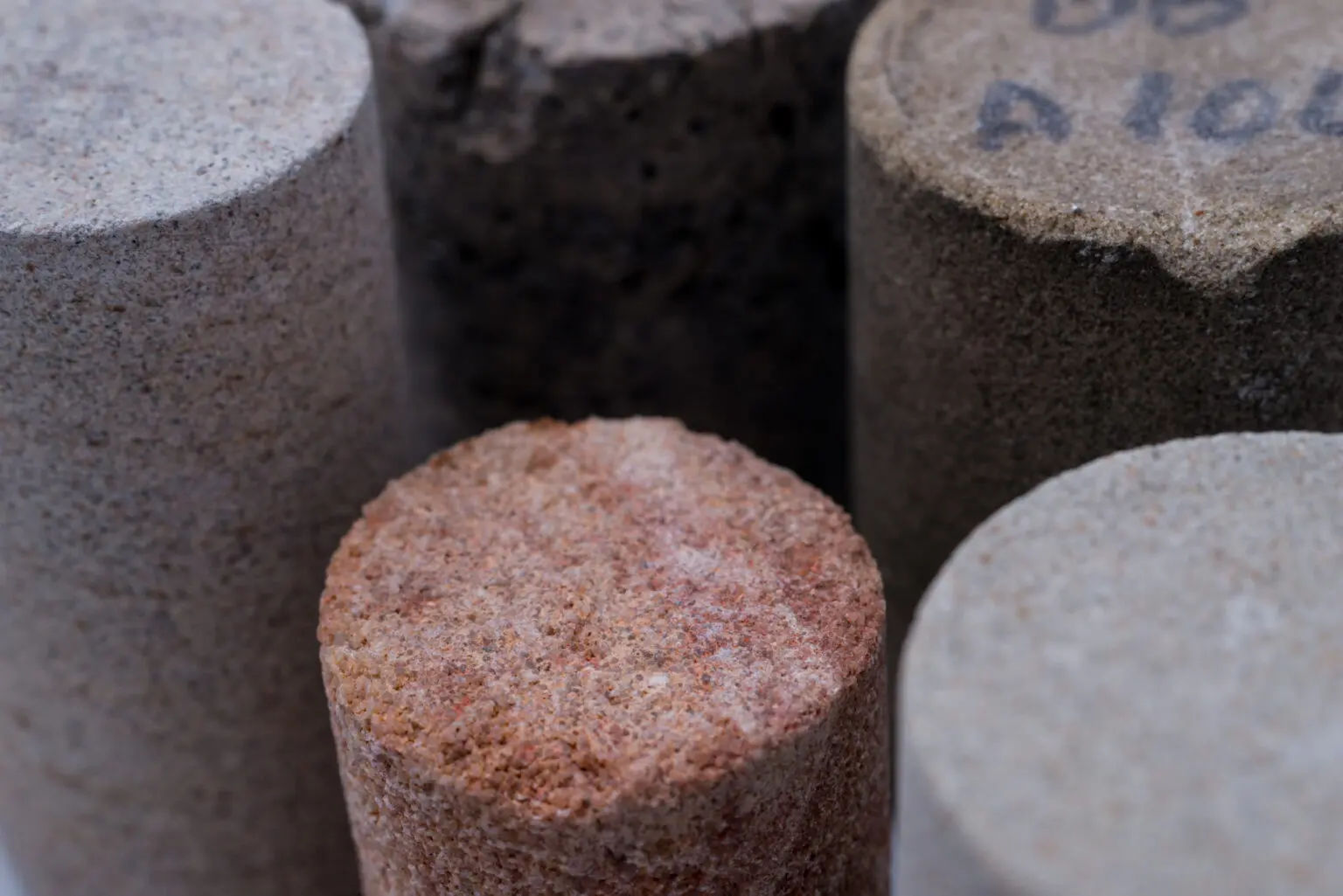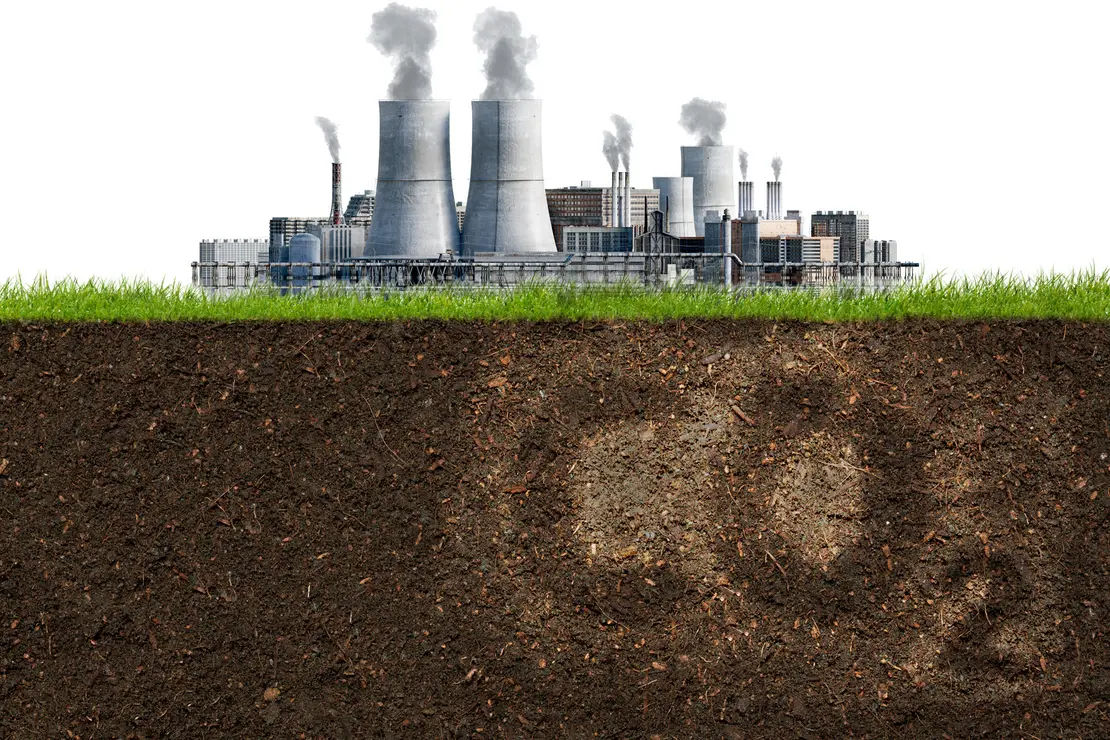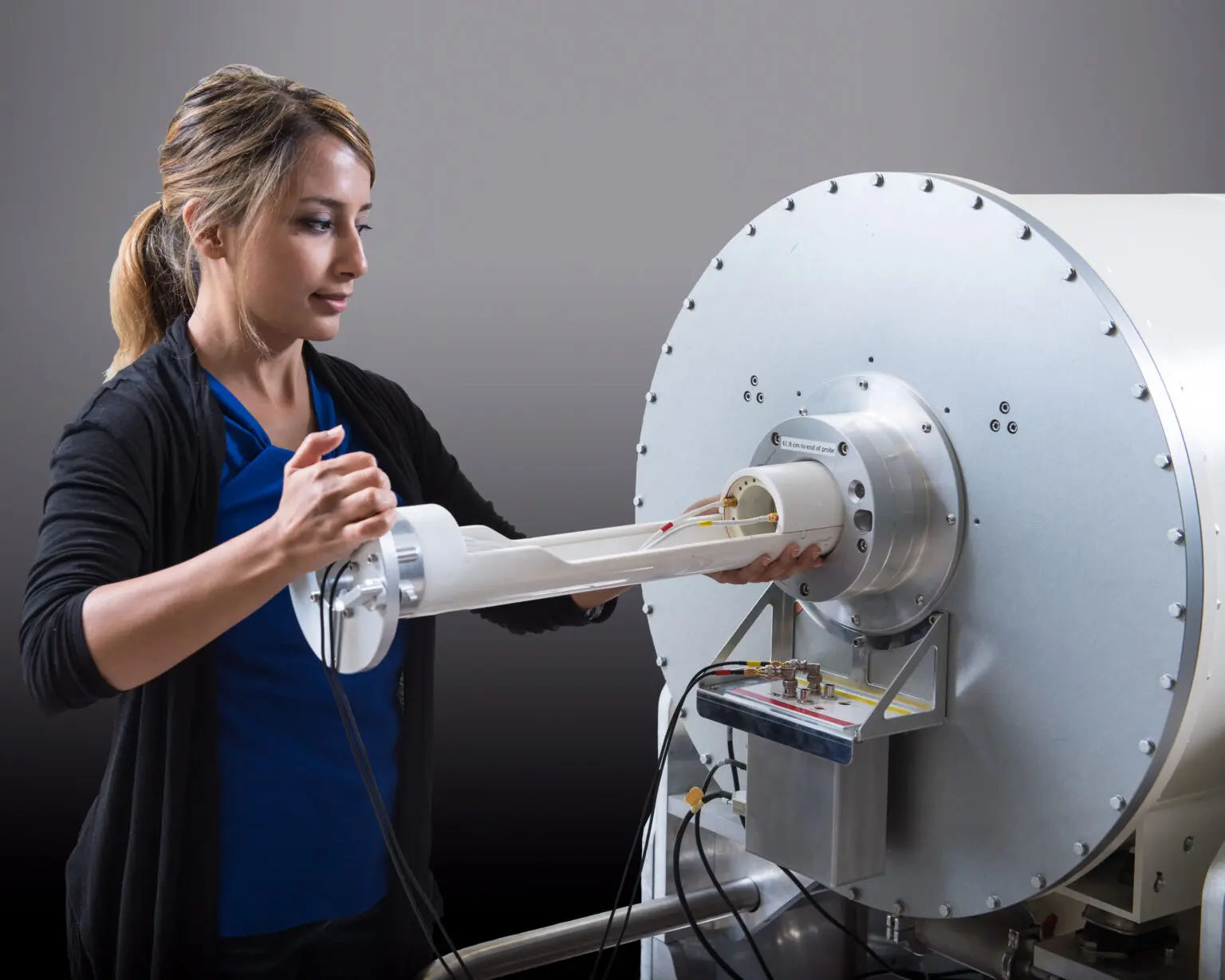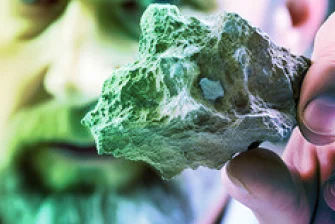
Green Imaging
Fredericton, New Brunswick, Canada
Green Imaging
!
Leader in lab based NMR rock core analysis.
About Green Imaging
In business since 2005, Green Imaging has grown from a vehicle to commercialize an NMR based capillary pressure measurement, to a market leading NMR rock core analysis company counting all major oil, energy and oil service companies among our customers.
Oil & Gas
For over 15 years, Green Imaging has been helping oil and gas companies, energy companies and oil and gas service companies with better insights for exploration and production applications.
Carbon Storage
NMR can provide useful insights for carbon storage projects, from better reservoir understanding to mineralization studies to provide a better picture of potential carbon storage locations.
In-Situ Mining
Better understand the deposit rock matrix and flooding interactions in the lab, saving time and money during flood and extraction.
Description of Services
Lab based NMR Well Log Calibration can be used to clean up data distorted by down hole environments.
NMR logs are performed to get several key petrophysical properties, such as porosity, bound versus mobile fluid, and permeability prediction. Laboratory measurements make these values more accurate by defining the T2 cut off and permeability model coefficients that are specific for your reservoir
NMR technology can be affected by changing temperatures, polarity anomalies, and radio signals created naturally and by other electronics equipment. Downhole NMR well log tools work in very dirty, volatile and signal rich environments. As a result, it is very difficult to perform accurate and controlled measurements.
NMR well log calibration assists reservoir engineers and petrophysicists by ensuring the downhole data is interpreted accurately. Lab based NMR instruments work in a much cleaner and more controlled environment, so lab-based rock core NMR analysis is used to calibrate the data collected by the downhole NMR tools.
The so-called T2 cut-off in a NMR T2 distribution is the T2 value that divides the small pores that are unlikely to be producible from the larger pores that are likely to contain free fluid. The integral of the distribution above the T2 cut-off is a measure of the free fluid (mobile fluid) in the rock. The portion of the curve below the cut-off is bound fluid and is made up of clay bound fluid and the capillary bound fluid. An accurate determination of the T2 cut-off is essential for an accurate determination of recoverable reserves (mobile fluid).
Permeability is one of the key rock properties affecting production. NMR can be used to predict permeability through several models utilizing the NMR pore size distribution as input. These models require coefficients which are more accurate when calibrated for the specific reservoir.
The data plotting and calculation for this measurement are carried out automatically through GIT Systems software supplied as the standard operating system for a GeoSpec NMR core analyzer.
Multi-sample Well Log Calibration Output.
Related Applications, Products and Services:
GIT Systems Software
Green Imaging Software provides intuitive access to industry leading NMR measurements and data processing.
GeoSpec Rock Core Analyzer
Industry leading NMR Rock Core Analyzer
Lab Services
Green Imaging is your premier destination for cutting-edge NMR core analysis services.
Capillary Pressure
Data rich, fast, non destructive capillary pressure.
Porosity/Pore Size
NMR offers direct measurement of porosity on rock cores or unconsolidated samples.
ProLab Software
NMR Data processing at the desktop.
NMR Application Training
Transferring our NMR expertise through online or onsite training.




What we do
Industries
- Oil & Gas
- Carbon Storage
- In-Situ Mining
- Research
Products
- GIT Systems Software
- GeoSpec Rock Core Analyzer
- ImaCore 3D Core Imager
- GIT App Builder
- ProLab Software
Services
- Lab Services
- NMR Application Training
- Consultation


Life at Green Imaging
Applications
- NMR Well Log Calibration
- Capillary Pressure
- Relative Permeability
- Wettability
- Pore Network Characterization
- Flow Studies
- 2D Correlation Maps
- Imaging
- Carbon Storage
















